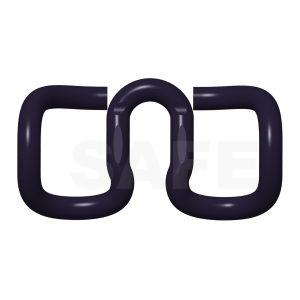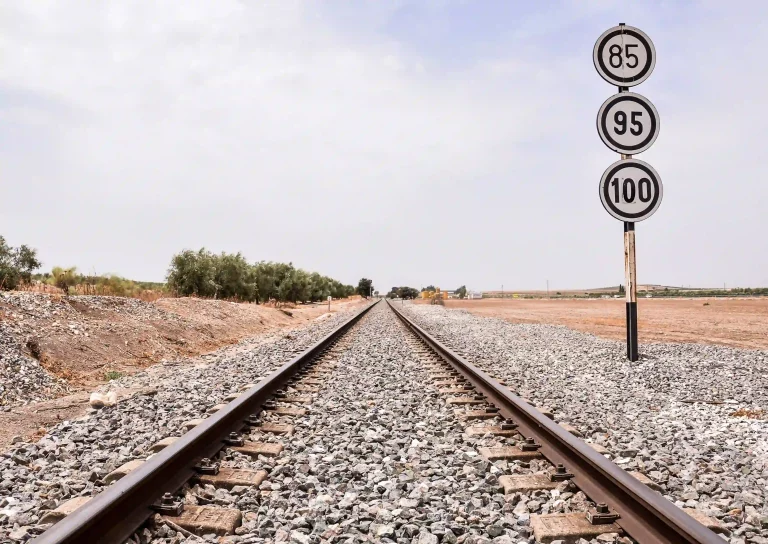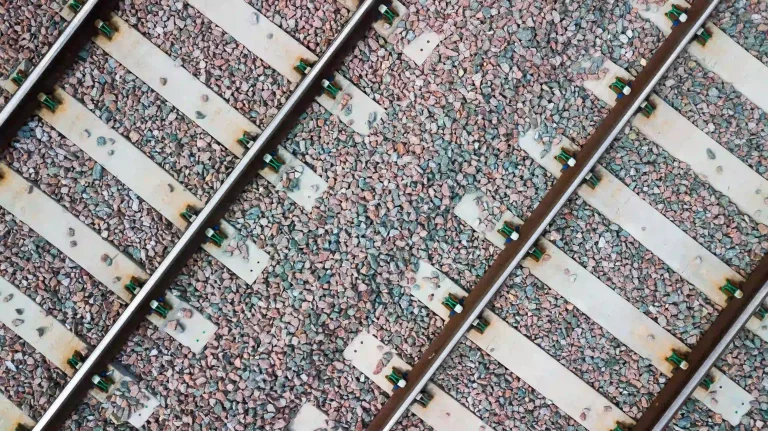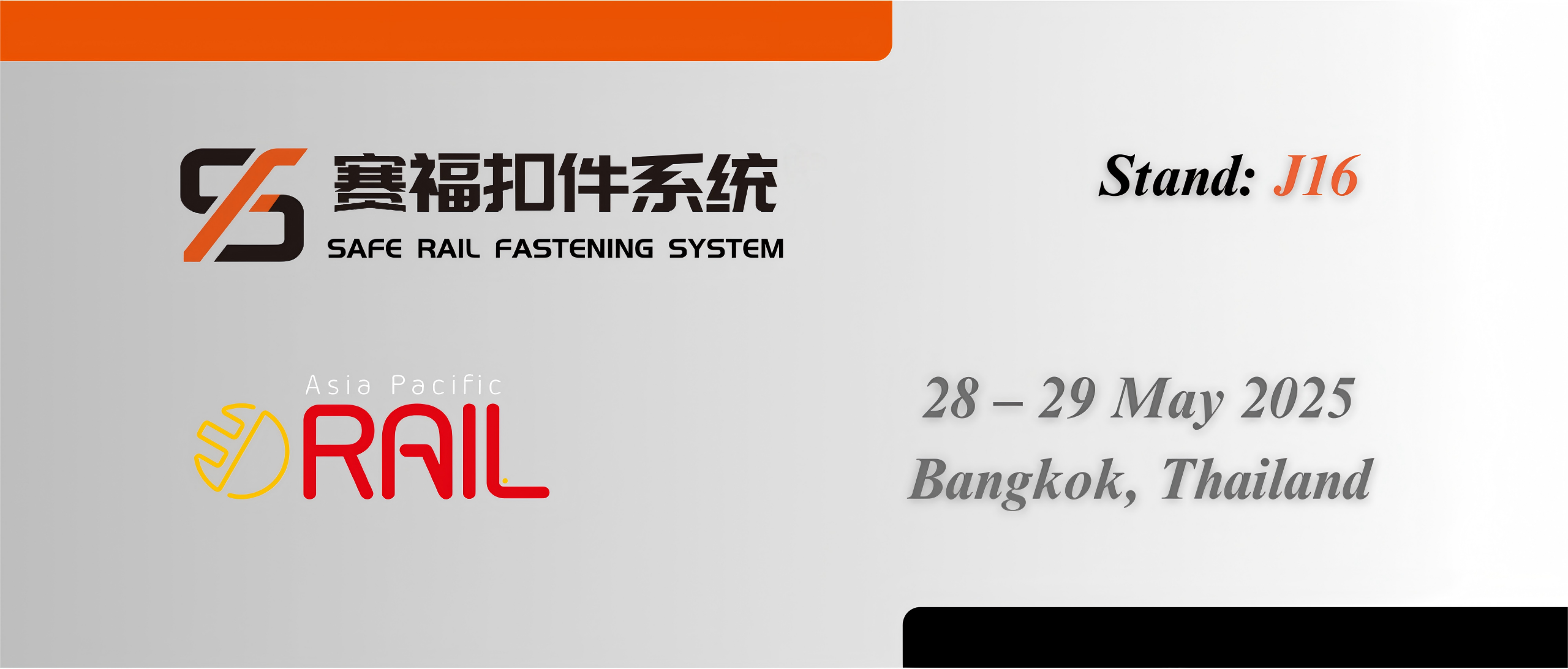The journey of the tension clamp‘s development has been quite remarkable. Initially used in engineering, it now plays a crucial role in advanced rail systems. The evolution of the tension clamp mirrors significant advancements in both technology and materials. This article explores the history and progression of tension clamp development over the years.
Early Inception of Tension Clamps
Initial Applications in Engineering
The tension clamp initially found its applications in early engineering projects where securing components under varying loads was essential. These clamps were pivotal in providing stability and load distribution in construction and mechanical assemblies. Early engineers recognized the need for devices that could maintain force and resist separation under stress, leading to the tension clamp’s first implementations.
Materials and Manufacturing Techniques
Early Material Choices
In the early stages, tension clamp manufacturing relied heavily on basic materials such as wrought iron and simple steel alloys. These materials provided the necessary strength but were often susceptible to corrosion and wear over time. The choice of materials was guided by availability and ease of production, which limited the performance and reliability of early tension clamps.
Primitive Manufacturing Processes
The manufacturing techniques for tension clamps began quite rudimentary. Basic forging and casting processes dominated the early production methods. These techniques, while effective, lacked precision and consistency, leading to variations in quality. Over time, these processes evolved but remained relatively simple compared to modern standards.
Innovations and Technological Advancements
Introduction of New Materials
Aluminum and Steel Usage
The advent of aluminum and more advanced steel alloys heralded a pivotal transformation in the evolution of tension clamps. Aluminum introduced advantages such as lighter weight and corrosion resistance, making it ideal for certain uses. Meanwhile, high-strength steel alloys enhanced the robustness and load-carrying capability of tension clamps, facilitating their extensive use in rigorous sectors like automotive and aerospace.
Composite Materials
The use of composite materials in tension clamp production represented another technological leap. These materials combined the best properties of metals and non-metals, offering enhanced strength, reduced weight, and better resistance to environmental factors. Composites have enabled the design of tension clamps that can withstand extreme conditions and provide long-lasting performance.
Enhanced Design Techniques
Computer-Aided Design (CAD)
With the advent of computer-aided design (CAD) tools, the development of tension clamps became more sophisticated. CAD allowed for precise modeling and simulation of tension clamps under various loads and conditions. This led to optimized designs that met specific requirements more efficiently and reliably.
Finite Element Analysis (FEA)
Finite Element Analysis (FEA) further revolutionized the development process by providing detailed insights into the stress and strain distribution within tension clamps. FEA enabled engineers to test different materials and geometries virtually, reducing the need for physical prototypes and accelerating the development process. This analytical approach ensured that modern tension clamps met stringent performance criteria.
SAFE Rail Fastening system (Zhejiang) Co., Ltd.
SAFE Rail Fastening System (Zhejiang) Co., Ltd. offers a comprehensive range of rail fastening system products, including their notable Tension Clamp. The Tension Clamp is a crucial component used in rail fastening systems to ensure the stability and secure attachment of rails.
SAFE Rail Fastening System has established an advanced Automatic Tension Clamp Production Line, which utilizes cutting-edge technology to manufacture various types of tension clamps. The production line is fully automated and mechanized, encompassing processes such as cutting, heating, molding, quenching, tempering, surface treatment, anti-rust treatment, packaging, and warehousing.
With a strong emphasis on quality and precision, the company ensures that the tension clamps produced on their production line meet the highest standards. They utilize high-quality raw materials sourced from reputable domestic enterprises, guaranteeing the reliability and performance of their products.
Overall, SAFE Rail Fastening System (Zhejiang) Co., Ltd.’s Tension Clamp is a vital component in rail fastening systems, manufactured with precision and adherence to industry standards. The company’s advanced production line and commitment to comprehensive solutions make them a trusted provider in the rail fastener industry.
Influence of Industry standards and Regulations
Establishment of Safety Standards
The establishment of safety standards has had a profound impact on the development and application of tension clamps. Industry standards ensure that tension clamps meet minimum performance requirements and safety criteria, which are essential for critical applications such as railways and construction. These standards are often developed by regulatory bodies and industry associations to ensure uniformity and reliability across products.
Certification Processes for Tension Clamps
Certification processes have become integral to the tension clamp industry. Products must undergo rigorous testing and verification to receive certification, demonstrating compliance with established standards. This process not only enhances the credibility of tension clamp manufacturers but also assures users of the reliability and safety of the clamps in their applications. Certification has driven continuous improvement and innovation, as manufacturers strive to meet and exceed regulatory requirements.
The development of the tension clamp has been a journey of constant innovation and improvement, driven by advancements in materials, manufacturing techniques, and regulatory standards. From its early inception to the sophisticated designs produced today, the tension clamp continues to play a crucial role in various engineering applications, ensuring safety and reliability in load-bearing structures.
Impact of Modern Testing and Quality Control
Non-Destructive Testing Methods
Advancements in non-destructive testing (NDT) methods have greatly influenced the development of modern tension clamps. These NDT techniques allow for thorough inspections of tension clamps without inflicting any harm on the components. A key NDT method used in this context is Ultrasonic Testing.
Ultrasonic Testing
Ultrasonic Testing utilizes high-frequency sound waves to detect internal flaws within tension clamps. This technique is capable of identifying cracks, voids, and other imperfections that might compromise the integrity of the tension clamp. The reflections of the sound waves are analyzed to provide a clear image of the internal structure, allowing engineers to ensure that each clamp meets stringent quality standards.
Magnetic Particle Testing
Magnetic Particle Testing is another essential NDT method used in the inspection of tension clamps. This technique involves magnetizing the clamp and then applying ferromagnetic particles to its surface. These particles accumulate around any discontinuities, such as cracks or seams, making them visible under ultraviolet light. This method is crucial for detecting surface and near-surface flaws, thus ensuring the reliability of tension clamps in their applications.
Stress Testing Procedures
Stress testing procedures are integral to assessing the performance of tension clamps under various loading conditions. These procedures involve applying controlled forces to the clamps and monitoring their responses to ensure they can withstand the stresses encountered in real-world applications. Fatigue testing, for example, subjects the clamps to repeated loading cycles to evaluate their durability over time. The results from these tests guide the design improvements and material selections in tension clamp development, ensuring their robustness and longevity.
Contemporary Trends in Tension Clamps Development
Environmentally Friendly Materials
Recent trends in tension clamp development highlight a shift towards environmentally friendly materials. Traditional materials, while effective, often pose environmental challenges in terms of production and disposal. Modern tension clamps are increasingly being manufactured using sustainable materials that have a lower ecological footprint. Recycled metals and bio-based composites are examples of such materials. These developments not only reduce the environmental impact but also cater to the growing demand for sustainable engineering solutions.
Integration with Smart Technology
The integration of smart technology into tension clamp systems is a cutting-edge trend that is reshaping the industry.
IoT-Enabled Monitoring Systems
Internet of Things (IoT)-enabled monitoring systems are being incorporated into tension clamps to provide real-time data on their performance. These systems use sensors to track various parameters such as strain, temperature, and load distribution. The collected data is then transmitted to a central hub for analysis, allowing for predictive maintenance and immediate detection of potential issues. This technological integration enhances the reliability and efficiency of tension clamp systems, particularly in critical infrastructure such as railways.
Future Prospects of Tension Clamp Innovation
Emerging Technologies on the Horizon
The future of tension clamp innovation is promising, with several emerging technologies on the horizon. Advanced manufacturing techniques such as additive manufacturing (3D printing) are poised to revolutionize the production of tension clamps. These techniques allow for complex geometries and custom designs that were previously impractical with traditional methods. Additionally, advancements in material science, such as the development of high-entropy alloys, are expected to introduce materials with unparalleled strength and durability. These innovations will likely lead to tension clamps that are more efficient, cost-effective, and adaptable to a wider range of applications.
Sustainability Considerations in Future Designs
As global awareness of environmental issues increases, sustainability considerations in the design of tension clamps are becoming more critical. Future designs will likely emphasize the use of recyclable and biodegradable materials to minimize environmental impact. Moreover, lifecycle analysis techniques will be employed to ensure that the environmental footprint of tension clamps is minimized throughout their entire lifecycle, from production to disposal. Energy-efficient manufacturing processes and eco-friendly surface treatments will also be prioritized to contribute to the sustainability of tension clamps in future engineering applications.
The journey of the tension clamp from a basic engineering component to a sophisticated, vital part of various systems reflects a continuous evolution fueled by technological advancements and a growing emphasis on quality and sustainability. As new materials and technologies emerge, and as the demand for environmentally responsible solutions increases, the development of tension clamps will undoubtedly continue to progress, shaping the future of engineering and construction industries.











